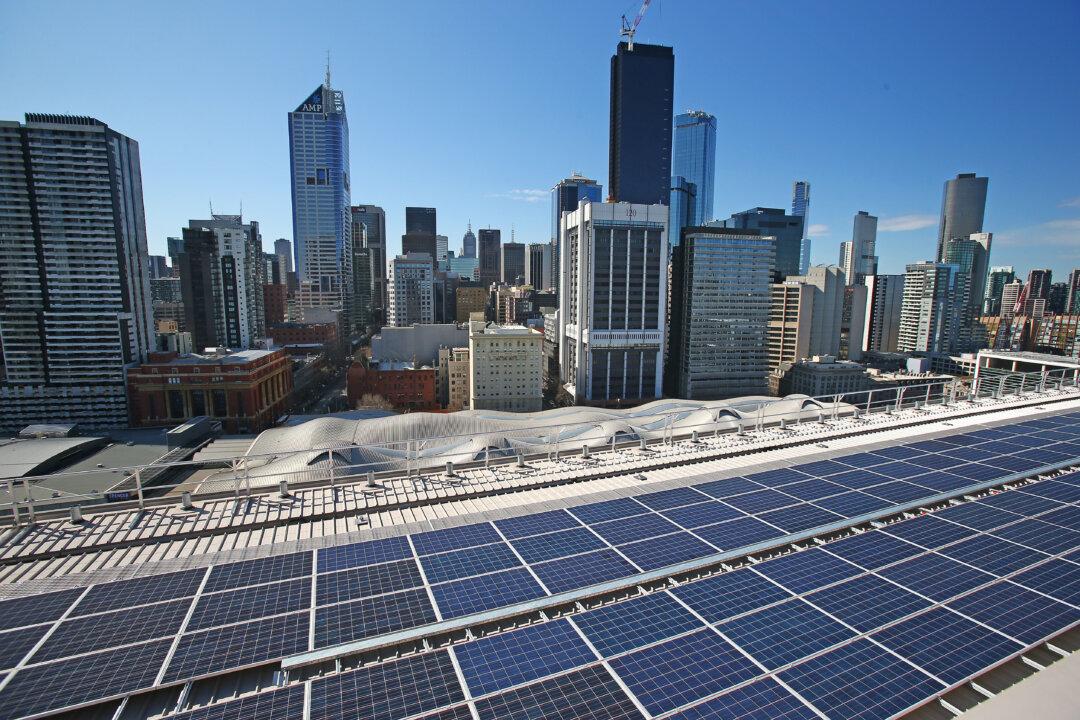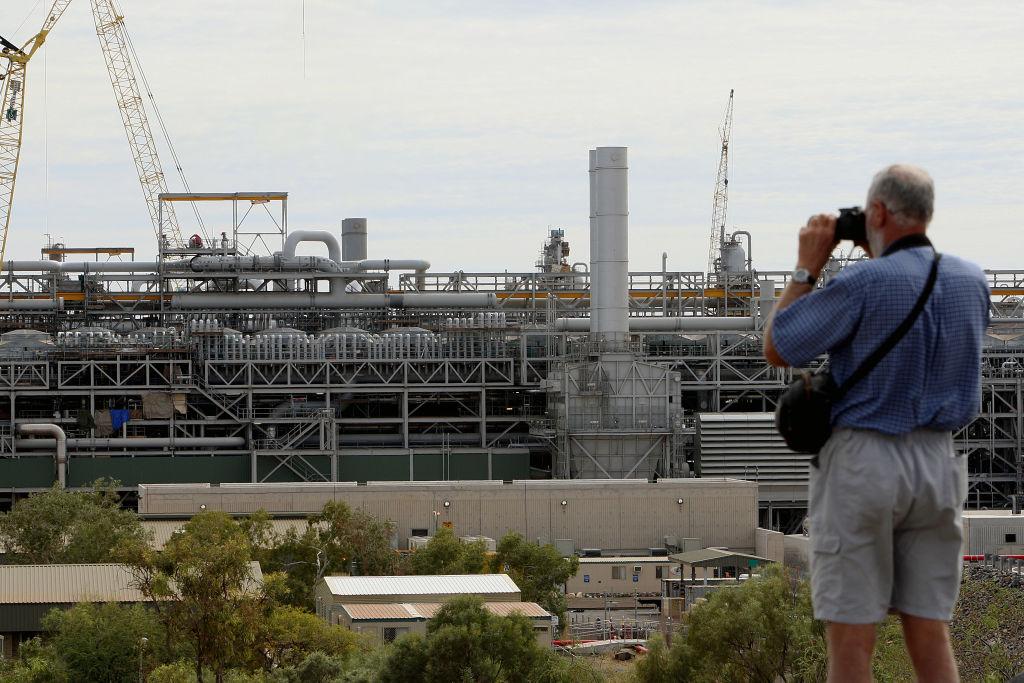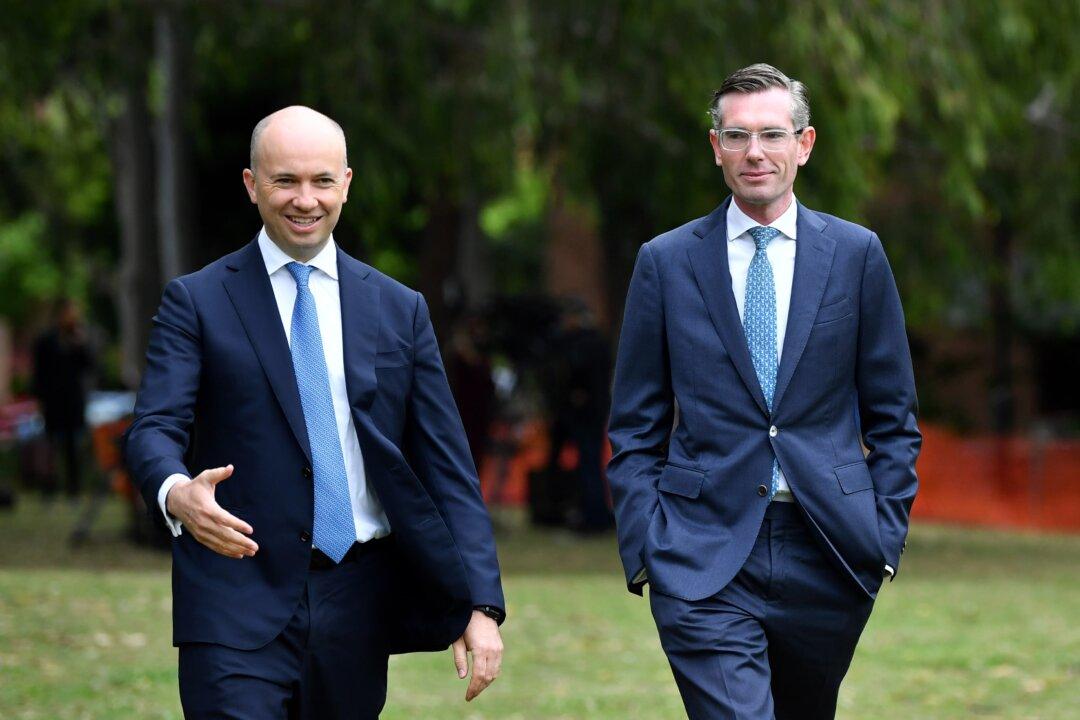Commentary
The state of Victoria has the most extensive natural gas network in Australia and the highest consumption due to cold weather and the use of gas for domestic heating. Yet the state is able to meet its own needs with gas production while supplying some gas also to Tasmania, South Australia, and New South Wales.





